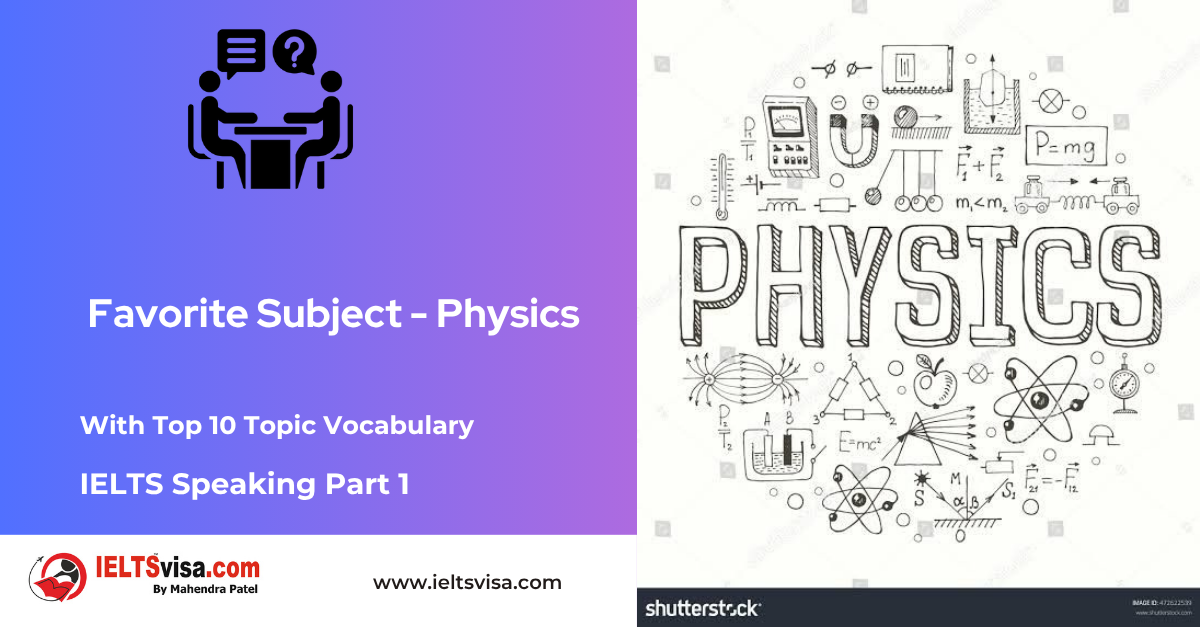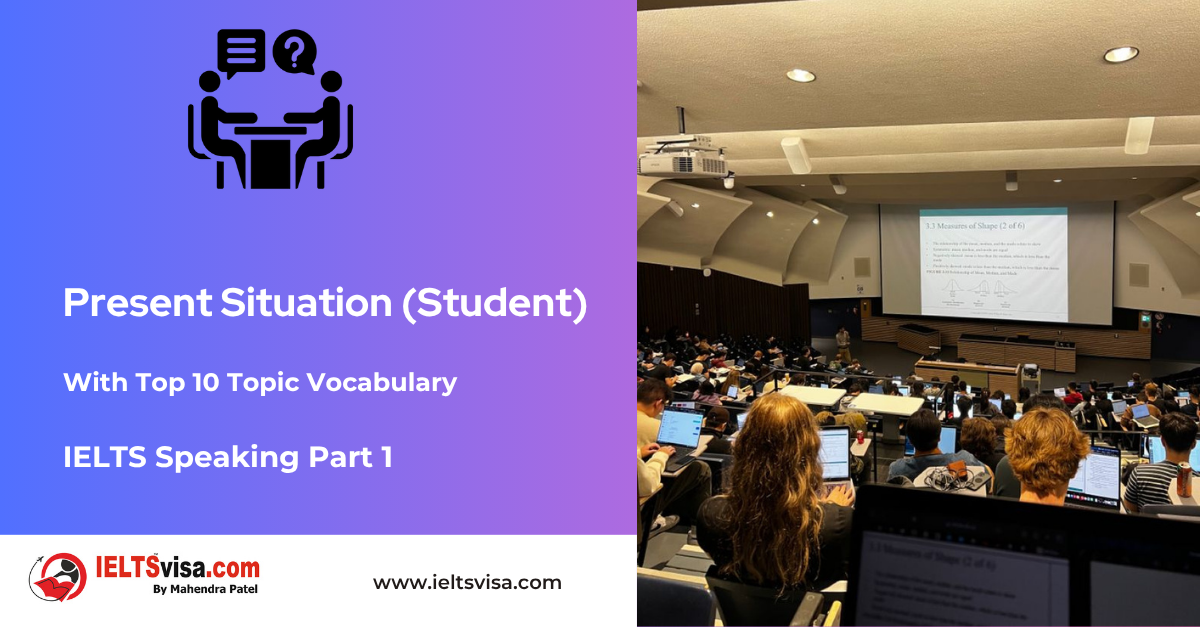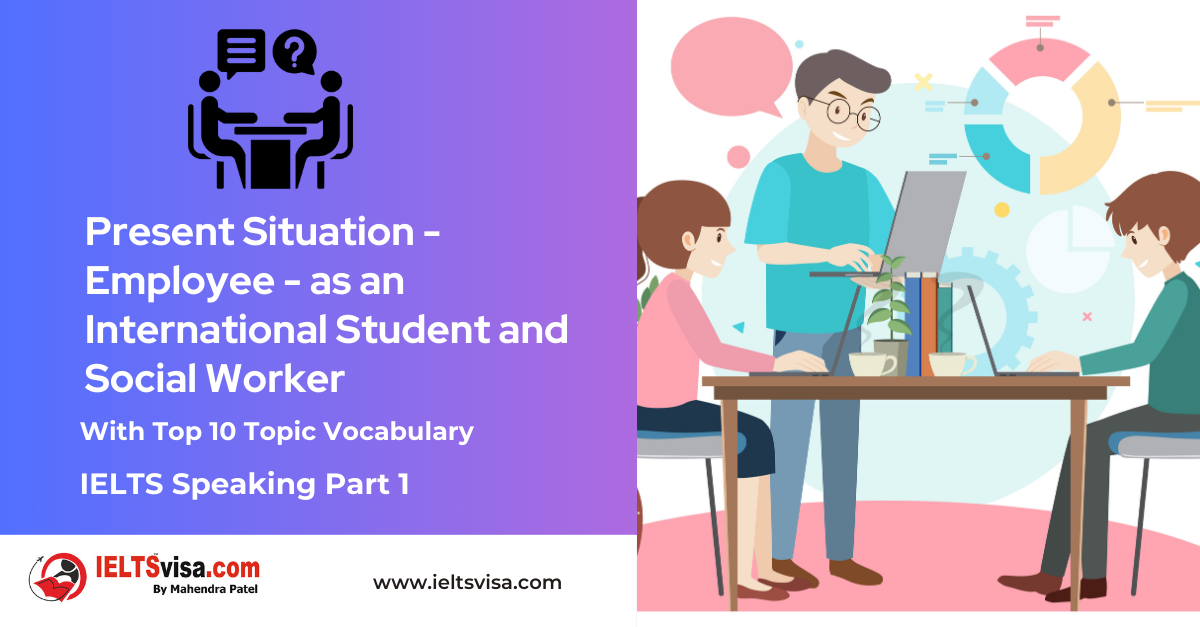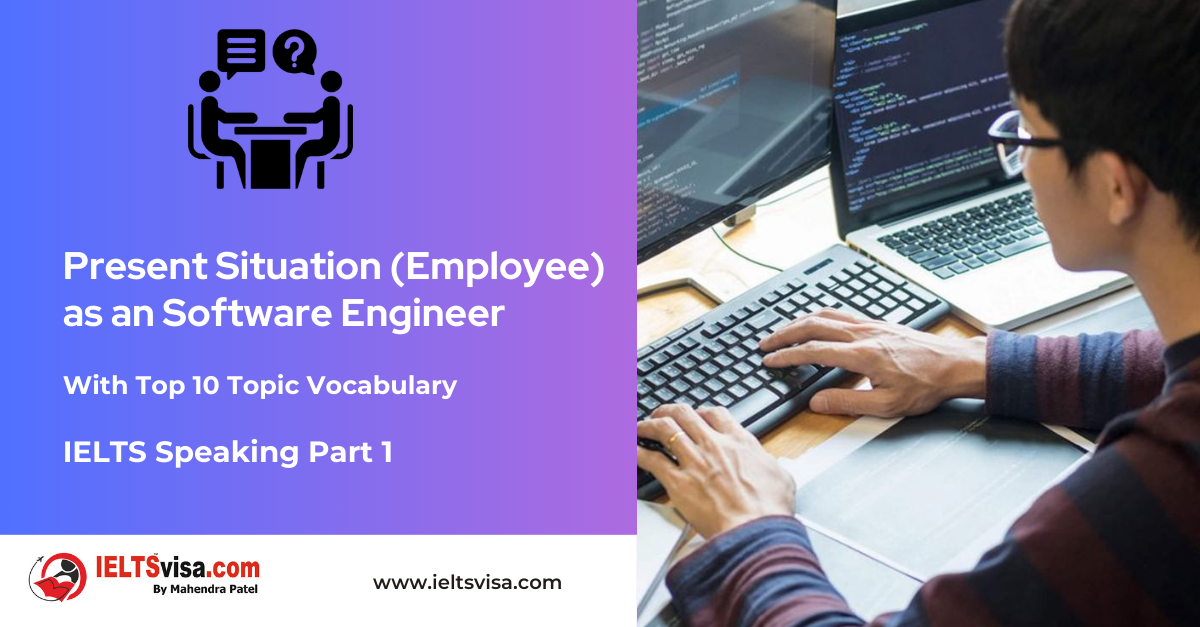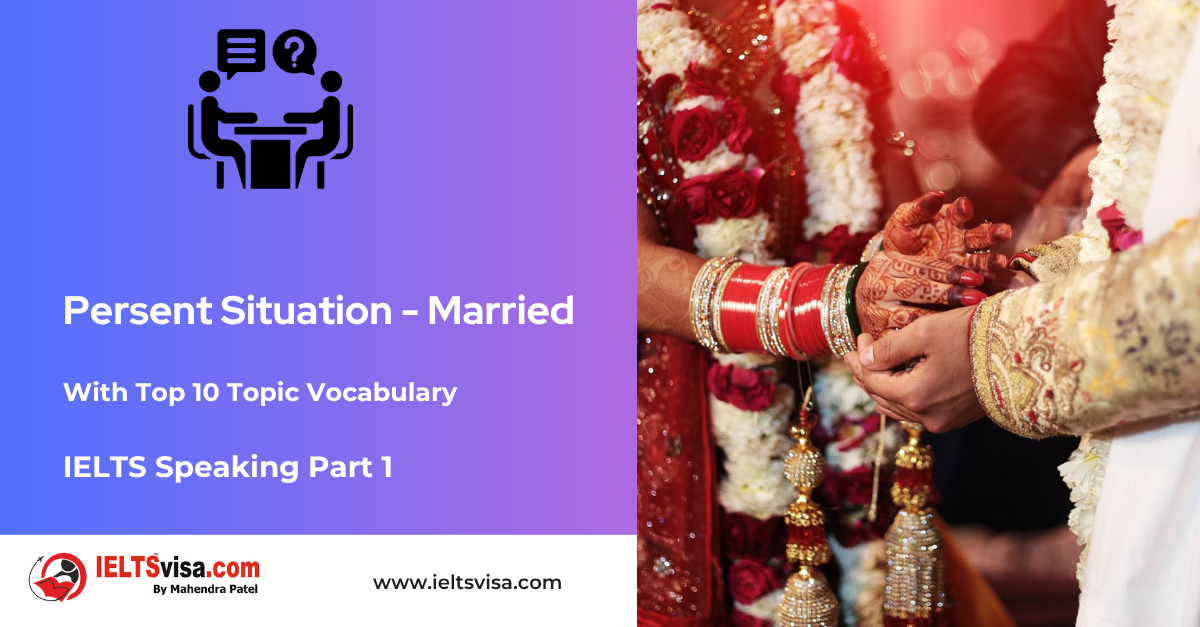Conjunctions in English
Grammar for IELTS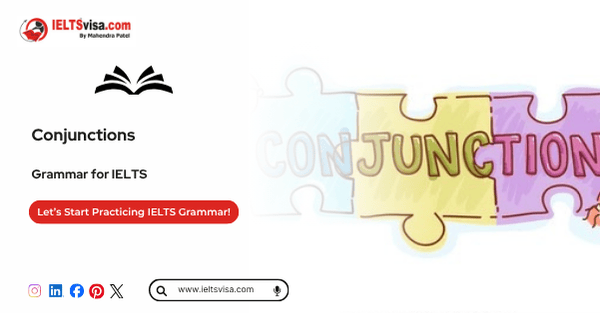
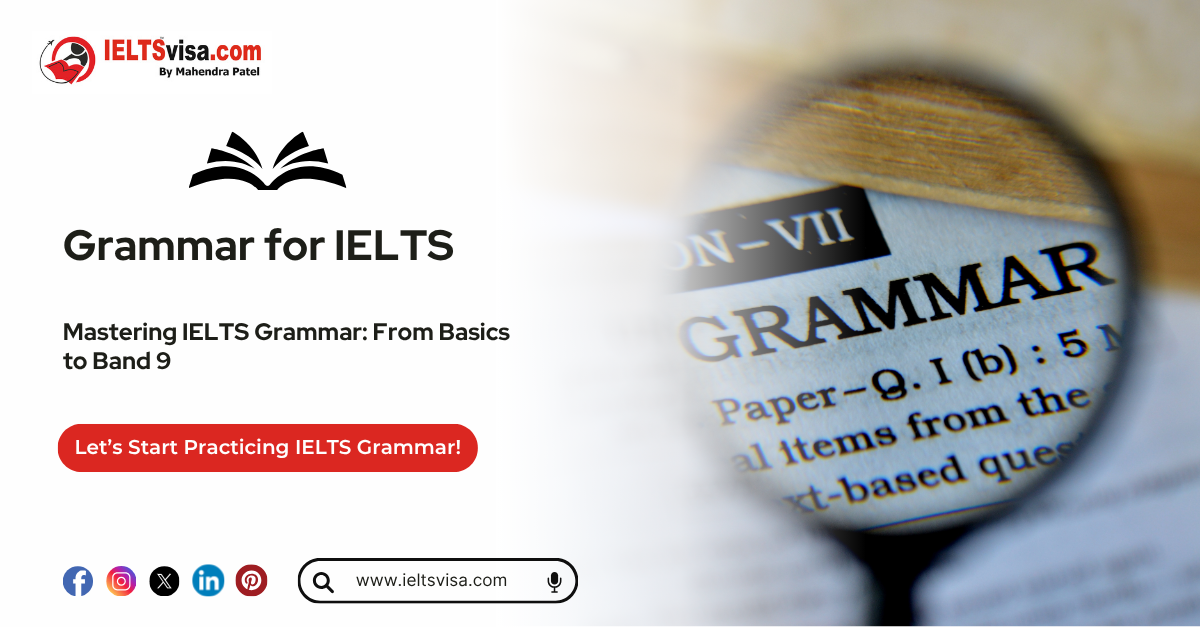
Conjunctions in English
Conjunctions are like glue in the English language. They connect words, phrases, or clauses, making sentences smoother and more meaningful. Let’s explore what conjunctions are, their types, and how to use them effectively with easy-to-understand examples.
What Are Conjunctions?
Conjunctions are words used to link two or more objects, phrases, or clauses. They are also known as connectors because they connect ideas, actions, or thoughts in a sentence.
For example:
-
- I like apples and oranges.
Here, the conjunction “and” links two objects.
- I like apples and oranges.
Definition of a Conjunction
Different dictionaries explain conjunctions in slightly varied ways:
-
- Cambridge Dictionary: A word like and, but, or although that connects words, phrases, or clauses in a sentence.
- Oxford Learner’s Dictionary: A word that joins words, phrases, or sentences, for example, and, but, or so.
- Collins Dictionary: A word or group of words that links words, phrases, or clauses.
In simple terms, a conjunction is a word that joins parts of a sentence together.
Types of Conjunctions
Conjunctions can be grouped into three main types:
1. Coordinating Conjunctions
Used to join two independent clauses or ideas of equal importance.
Examples: and, but, or, nor, for, so, yet
-
- I wanted to play football, but it started raining.
2. Subordinating Conjunctions
Used to join a dependent clause to an independent clause.
Examples: because, although, since, after, before, if, while, unless, until
-
- I stayed home because it was raining.
3. Correlative Conjunctions
Work in pairs to connect equal parts of a sentence.
Examples: either…or, neither…nor, not only…but also, whether…or
-
- You can either study now or regret later
Examples of Conjunctions in Sentences
Coordinating Conjunctions:
-
- I want to go to the park, but it is too far.
- Do you want tea or coffee?
Subordinating Conjunctions:
-
- He left early because he was tired.
- We can go out after the rain stops.
Correlative Conjunctions:
- Not only is she intelligent, but she is also kind.
- Either you apologize, or you face the consequences.
Common Conjunctions for Daily Use
Here’s a handy list of conjunctions you can use every day:
|
Coordinating Conjunctions |
Subordinating Conjunctions |
Correlative Conjunctions |
|
and |
because |
either…or |
|
but |
although |
neither…nor |
|
or |
since |
not only…but also |
|
nor |
while |
both…and |
|
for |
if |
whether…or |
|
so |
until |
rather…than |
|
yet |
unless |
as…as |
How to Use Conjunctions in Sentences
Conjunctions can appear in the beginning, middle, or even at the end of a sentence, depending on what they are connecting.
Examples:
1. Coordinating Conjunction:
-
- We wanted to play, but the field was closed.
2. Subordinating Conjunction:
-
- Although it was raining, we still went for a walk.
3. Correlative Conjunction:
-
- You can have either ice cream or cake for dessert.
Practice Exercise: Fill in the Blanks
1. I want to visit France ______ Italy for my vacation. (and/but/or)
2. We stayed home ______ it was too cold outside. (because/until/if)
3. ______ you work hard, you will not pass the exam. (Unless/Although/But)
4. They enjoy both hiking ______ camping. (or/and/but)
5. The dog barked loudly, ______ the cat remained calm. (but/and/so)
Answers:
1. and
2. because
3. Unless
4. and
5. but
Frequently Asked Questions on Conjunctions
Q1: What is a conjunction?
A conjunction is a word used to connect words, phrases, or clauses in a sentence.
Q2: What are the main types of conjunctions?
There are three types:
-
- Coordinating Conjunctions: Join two independent ideas (and, but, so).
- Subordinating Conjunctions: Connect dependent and independent clauses (because, although, until).
- Correlative Conjunctions: Appear in pairs (either…or, not only…but also).
Q3: Can a sentence have more than one conjunction?
Yes! Example:
-
- I wanted to go to the park, but it was raining, so I stayed home.
Q4: How do conjunctions improve sentences?
Conjunctions make sentences smoother by linking ideas, actions, or thoughts.

Our Books
Master IELTS Speaking Part 1
IELTS Writing Task 1 Book
IELTS Writing Task 2 Book
Practice IELTS Other Modules
IELTS Listening
The IELTS Listening test assesses how well you can understand spoken English in various contexts. It lasts about 30 minutes and is divided into four sections with a total of 40 questions. The listening tasks become increasingly difficult as the test progresses.
IELTS Academic Reading
The IELTS Academic Reading section assesses your ability to understand and interpret a variety of texts in academic settings. It is designed to evaluate a range of reading skills, including skimming for gist, reading for main ideas, reading for detail, understanding inferences, and recognizing a writer's opinions and arguments.
IELTS Speaking
The IELTS Speaking test assesses your ability to communicate in English on everyday topics. It lasts 11-14 minutes and consists of three parts: introduction, cue card, and a discussion based on the cue card topic.
IELTS General Reading
IELTS General Reading tests your ability to understand and interpret various types of texts. Here are some key areas and types of content you can expect to encounter in the reading section, along with tips for effective preparation.
IELTS Academic Writing Task 1
In IELTS Academic Writing Task 1, you are presented with a visual representation of information, such as graphs, charts, tables, or diagrams, and you are required to summarize, compare, or explain the data in your own words.
IELTS General Writing Task 1
In IELTS General Writing Task 1, you are required to write a letter based on a given situation. The letter can be formal, semi-formal, or informal, depending on the prompt. Here’s a breakdown of the key components to include in your letter
IELTS Academic Writing Task 2
In IELTS Academic Writing Task 2, you are required to write an essay in response to a question or topic. Here’s a guide to help you understand the essential elements of this task
IELTS Exam Tips
To succeed in the IELTS exam, practice regularly, familiarize yourself with the test format, improve your vocabulary, develop time management skills, and take mock tests to build confidence.
Grammer for IELTS
Grammar is the foundation of effective communication in English. Understanding tense usage, subject-verb agreement, and sentence structure enhances clarity and coherence in writing and speaking.
Vocabulary for IELTS
Vocabulary plays a crucial role in the IELTS (International English Language Testing System) exam, especially in the Speaking and Writing sections. Here’s an overview of why vocabulary is important and how it impacts your performance
RECENT IELTS SAMPLES QUESTIONS AND ANSWERS
IELTS Speaking Part 1 – Favourite Sujbect – Physics
IELTS Speaking Part 1 - Favourite Sujbect - Physics Q: What is your favourite subject? A: My favourite subject...
IELTS Speaking Part 1 – Present Situation (Student)
IELTS Speaking Part 1 - Present Situation (Student) Q1: Are you a student or do you work?A: I’m a full-time...
IELTS Speaking Part 1 – Present Situation – Employee – as an International Student and Social Worker
IELTS Speaking Part 1 - Present Situation - Employee - as an International Student and Social Worker Q1: Are...
IELTS Speaking Part 1 – Persent Situation – Employee- as an Electric Engineer
IELTS Speaking Part 1 - Persent Situation - Employee- as an Electric Engineer Q1: What do you do for a...
IELTS Speaking Part 1 – Persent Situation – Employee – as an Software Engineer
IELTS Speaking Part 1 - Persent Situation - Employee - as an Software Engineer Q1: What do you do for a...
IELTS Speaking Part 1 – Persent Situation – Married
IELTS Speaking Part 1 - Persent Situation - Married Q1: Are you married?A: Yes, I am married. My spouse and I...

